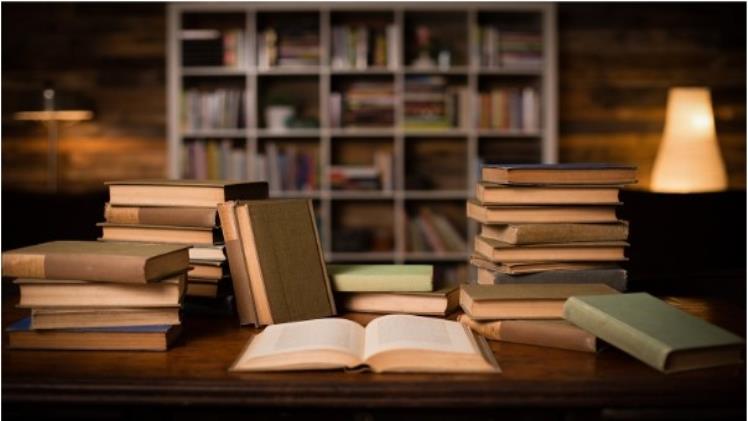
Personal budgeting tips not only help you manage your expenses, but also inspire you to form sustainable financial habits. This article will exploit the essence of outstanding financial books, helping you control your cash flow and create a prosperous future MM88.
Contents
- 1 The Importance of Applying Personal Budgeting Techniques
- 2 Personal budgeting tips from famous books
- 3 50/30/20 Personal Budgeting Tips from All Your Worth
- 4 Kakeibo: The Japanese Art of Saving
- 5 Envelope System from The Total Money Makeover
- 6 How to put personal budgeting techniques into practice
- 7 Conclude
The Importance of Applying Personal Budgeting Techniques
Applying these methods is not just about recording income and expenses, but also about organizing your finances to achieve long-term goals. These principles help you control your spending, optimize your savings, and limit unnecessary debt Ra mắt MM88.
Books are great tools for learning and practicing personal budgeting techniques.personal budgets. They combine financial theory and practical experience from leading experts. Thanks to that, you have both basic knowledge and specific instructions to apply in life.
Books like Dave Ramsey’s The Total Money Makeover provide detailed guidance on everything from how to allocate your income to how to effectively manage debt. The success stories in the books serve as motivation, encouraging you to start your journey to building sustainable financial habits.
Personal budgeting tips from famous books
Many financial books have become a guide for millions of people in applying the method. Below, we will explore specific methods from famous authors, helping you build an effective and sustainable budget.
50/30/20 Personal Budgeting Tips from All Your Worth
All Your Worth by Elizabeth Warren and Amelia Warren Tyagi introduces the 50/30/20 rule – one of the simplest yet most effective personal budgeting techniques. To apply it, you need to divide your after-tax income into three parts:
- 50% for essentials: Includes housing, food, transportation and basic bills.
- 30% for personal desires: For entertainment, dining out or hobbies such as travel, shopping.
- 20% for savings and debt repayment: Secure an emergency fund, invest, or pay off loans.
This method helps you balance your current spending needs with your long-term savings goals. This way, you can still enjoy a comfortable life without missing out on financial stability in the future.
Kakeibo: The Japanese Art of Saving
Fumiko Chiba’s Kakeibo: The Japanese Art of Saving Money offers a unique personal budgeting technique that combines financial management with mindfulness. Kakeibo encourages you to keep a daily record of your spending and ask yourself the purpose of each expense. Here are the steps to follow:
- Set financial goals: Determine how much money you want to save or what you want to spend it on.
- Categorize expenses: Divide expenses into four groups: living, culture, entertainment and incidental expenses.
- End of month reflection: Review spending and adjust plans for the following month.
Envelope System from The Total Money Makeover
In The Total Money Makeover, Dave Ramsey introduces the envelope system – an old-fashioned but effective personal budgeting technique. Before you try it, learn how it works:
- Divide cash into envelopes: Each envelope represents a spending category such as food, entertainment or gas.
- Spend within your limit: When the envelope runs out of money, you can’t spend any more on that category.
- Prioritize debt repayment: Use savings from envelopes to pay off debt quickly.
How to put personal budgeting techniques into practice
Reading is just the first step, applying the methods to your life is the key to success. Here are some ways to help you turn knowledge from books into practical actions, bringing long-term effectiveness.

- Build a Daily Budgeting Habit: The BookYour Money or Your Lifeencourage tracking daily expenses to understand personal cash flow. You can apply by recording expenses through the application, taking a few minutes every night to review and flexibly adjust budget items, this is a personal budgeting trick.
- Creating an emergency fund from The Millionaire Next Door: The Millionaire Next Door by Thomas J. Stanley and William D. Danko emphasizes the pivotal role of an emergency fund in personal budgeting. To build this fund, you can start by setting aside 5–10% of your income each month and aim to accumulate 3–6 months of living expenses.
Conclude
Personal finance books are a treasure trove of knowledge, providing personal budgeting tipsfrom simple to complex. Pick up a book, start recording your expenses, and set financial goals today to make your dreams come true.